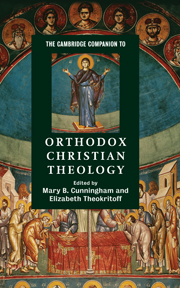Who are the Orthodox Christians? A historical introduction
Published online by Cambridge University Press: 28 March 2009
Summary
The Orthodox Church consists historically of the local Churches of the Eastern Roman empire, including Constantinople, Alexandria, Antioch and Jerusalem, as well as the Churches that came into being as a result of their missions. During the first millennium of Christianity, this communion included the Church of Rome. It is important to remember that the Orthodox and Roman Catholic Churches, as well as Rome's Protestant offshoots, all share a common ancestry in the one, universal Christian communion of the early centuries.
The Christian mission, as it is described by Luke in Acts and in Paul's Epistles, spread rapidly through the territories of the Roman empire. Orthodox tradition holds that it spread beyond the Roman world even in the apostolic period, with St Thomas travelling as far as southern India, converting many people along the way. Most of the more distant missions, such as Georgia, Armenia and Ethiopia, however, were probably achieved in the fourth or fifth centuries after the Roman empire had finally adopted Christianity as its state religion, following the conversion of Constantine I. By this time, the Church, which had earlier been an illegal, minority organisation within a predominantly pagan society, was slowly becoming the dominant force in shaping government laws and social traditions. The Roman empire, consisting of its Eastern and Western halves, became a fully Christian state: it was believed to be sanctioned by God, with its emperors or kings fulfilling special duties as God's representatives in the secular realm.
- Type
- Chapter
- Information
- Publisher: Cambridge University PressPrint publication year: 2008



